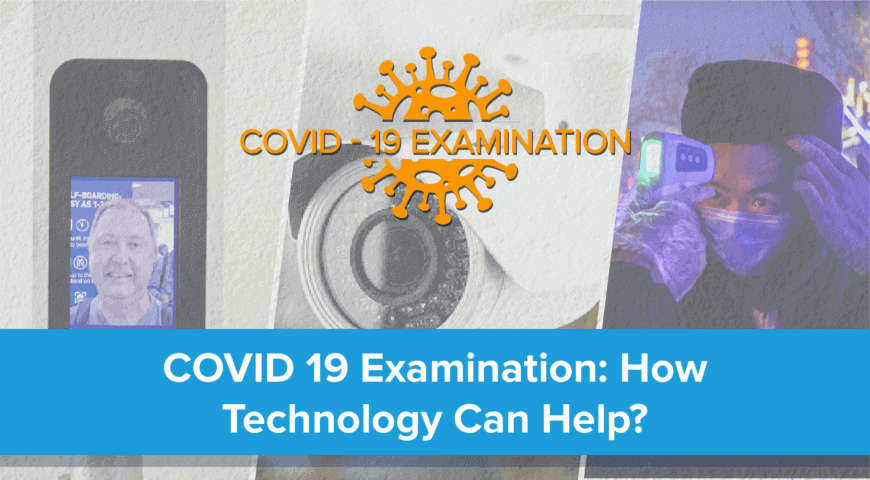COVID19 Examination: How Technology Can Help?

The outbreak of COVID 19 pandemic is one of the biggest examinations faced by the human race till date. The challenge to contain and reverse this pandemic is dual in nature. On one hand, people need to stay in lockdown. On the other, the frontline warriors like police and health workers need to fight it by visiting the hotspots, containment areas, quarantine zones, etc. to make sure that everything is in place.
Overall, we need to keep tight surveillance on the movement of viruses while not exposing too many people to it and this is where technology can play a great role.
In a country like India which has a massive population size, the need for high-quality surveillance systems is the need of the hour.
To fight this battle “The Ministry of Health and Family Welfare Government of India” has listed out certain measures that can be used to curb the spread of COVID-19. It stated that “by listing, tracking and taking regular follow-ups of all the infected people in all the containment zones we can reduce the spread of COVID-19. We should also practice social distancing as this is the only way by which we can stay safe. After analyzing the potential damage it can cause to human lives, the government has locked down the whole country.”
The main challenge faced by the government in these times is to take out an authenticated list of all the infected people across the nation. This task is highly impossible and risky because of the population size of the country. At the same time, we only have a handful of healthcare systems which makes the situation even worse.
Therefore, in association with the containment strategy by the government, we are shedding some light on how technology can help us in reducing the spread of COVID-19. Let’s have a detailed insight on how these technological devices can be extremely helpful to the government and frontline warriors.
Biometric Face Recognition:
The use of biometric face verification devices can automate our systems towards becoming contactless. The less the contact, the less the chances of virus spread.
Also, it can help the government to track people in the containment areas.
The best feature of biometric face recognition is that it can be integrated anywhere with a modern camera. It can also be connected with CCTV cameras. It is an easy way to monitor people and their activities from a distance.
Biometric face recognition is an intelligent way to capture contactless attendance in government and other organizations. Also, it can have advanced features such as detecting if a person is wearing a mask or not.
Live CCTV Stream:
Since, it is a risk for police and health workers to visit containment zones frequently, live CCTV surveillance can come to the rescue.
With the help CCTV stream, we can enforce lockdown in a better manner and track violators easily to contain any kind of breakout. Everything can be tracked from a remote control centre without risking any kind of exposure or resistance.
Read : How India Is Using Technology To Pass The COVID 19 Exam?
Frisking with Thermal Imaging Cameras:
In several parts of the world, the regular security check using DFMD (Door Frame Metal Detector)is now being accompanied with thermal imaging cameras to detect fever, a major symptom of COVID 19.
With the use of thermal imaging that absorbs body heat to detect accurate temperature, an infected person can be stopped to enter crowded places resulting in the containment of spread. These thermal imaging cameras are accurate to the 10th degree of Celsius and can be used from a distance.
The biggest advantage of utilizing all these technologies is that they can work remotely or from a safe distance. This reduces the risk of infection manifolds for both frontline workers and people at the large.
We hope this information proves useful in our efforts as a collective society to curb the pandemic of COVID 19.
Leave a Comment